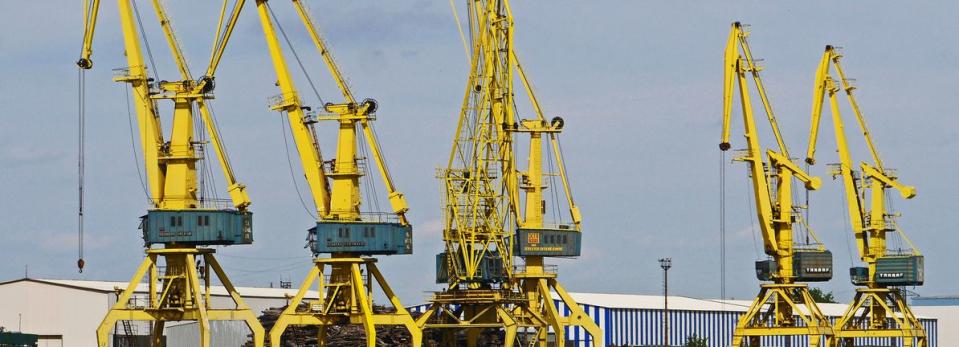Halliburton Company (NYSE:HAL) Will Pay A US$0.045 Dividend In 4 Days

Regular readers will know that we love our dividends at Simply Wall St, which is why it's exciting to see Halliburton Company (NYSE:HAL) is about to trade ex-dividend in the next 4 days. This means that investors who purchase shares on or after the 2nd of June will not receive the dividend, which will be paid on the 24th of June.
Halliburton's next dividend payment will be US$0.045 per share. Last year, in total, the company distributed US$0.72 to shareholders. Last year's total dividend payments show that Halliburton has a trailing yield of 1.5% on the current share price of $12.19. If you buy this business for its dividend, you should have an idea of whether Halliburton's dividend is reliable and sustainable. So we need to check whether the dividend payments are covered, and if earnings are growing.
See our latest analysis for Halliburton
Dividends are usually paid out of company profits, so if a company pays out more than it earned then its dividend is usually at greater risk of being cut. Halliburton reported a loss after tax last year, which means it's paying a dividend despite being unprofitable. While this might be a one-off event, this is unlikely to be sustainable in the long term. With the recent loss, it's important to check if the business generated enough cash to pay its dividend. If Halliburton didn't generate enough cash to pay the dividend, then it must have either paid from cash in the bank or by borrowing money, neither of which is sustainable in the long term. Fortunately, it paid out only 45% of its free cash flow in the past year.
Click here to see the company's payout ratio, plus analyst estimates of its future dividends.
Have Earnings And Dividends Been Growing?
Stocks in companies that generate sustainable earnings growth often make the best dividend prospects, as it is easier to lift the dividend when earnings are rising. If earnings decline and the company is forced to cut its dividend, investors could watch the value of their investment go up in smoke. Halliburton reported a loss last year, but at least the general trend suggests its income has been improving over the past five years. Even so, an unprofitable company whose business does not quickly recover is usually not a good candidate for dividend investors.
Many investors will assess a company's dividend performance by evaluating how much the dividend payments have changed over time. Halliburton has seen its dividend decline 6.7% per annum on average over the past ten years, which is not great to see.
Remember, you can always get a snapshot of Halliburton's financial health, by checking our visualisation of its financial health, here.
Final Takeaway
From a dividend perspective, should investors buy or avoid Halliburton? First, it's not great to see the company paying a dividend despite being loss-making over the last year. On the plus side, the dividend was covered by free cash flow." Overall, it's not a bad combination, but we feel that there are likely more attractive dividend prospects out there.
On that note, you'll want to research what risks Halliburton is facing. For example, we've found 2 warning signs for Halliburton (1 is concerning!) that deserve your attention before investing in the shares.
We wouldn't recommend just buying the first dividend stock you see, though. Here's a list of interesting dividend stocks with a greater than 2% yield and an upcoming dividend.
Love or hate this article? Concerned about the content? Get in touch with us directly. Alternatively, email editorial-team@simplywallst.com.
This article by Simply Wall St is general in nature. It does not constitute a recommendation to buy or sell any stock, and does not take account of your objectives, or your financial situation. We aim to bring you long-term focused analysis driven by fundamental data. Note that our analysis may not factor in the latest price-sensitive company announcements or qualitative material. Simply Wall St has no position in any stocks mentioned. Thank you for reading.

 Yahoo Finance
Yahoo Finance 
